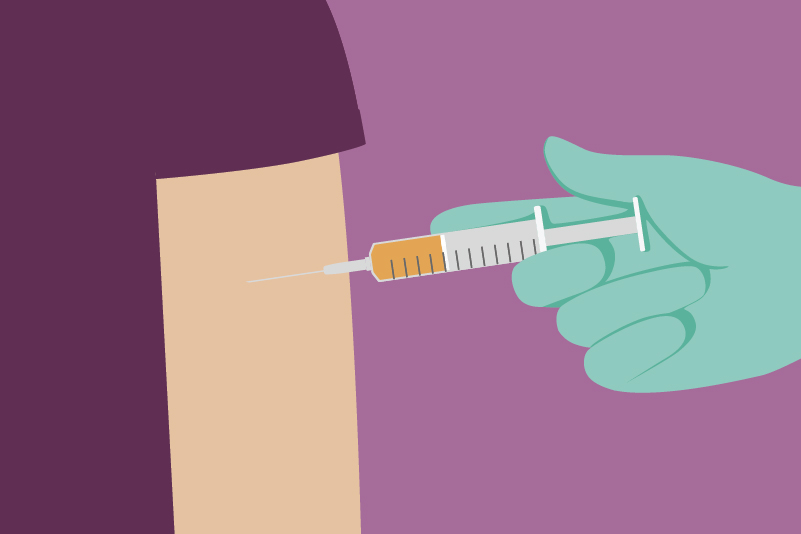#29 The Autism and Vaccine Story: Fiction and Deception?

Reading Tools for Practice Article can earn you MainPro+ Credits
Join NowAlready a CFPCLearn Member? Log in
- Meta-analysis4 of 5 cohort and 5 case-control studies of 1.2 million+ children: no difference in autism or autism spectrum disorder.
- Time series analyses reveal no association between start of MMR immunization and autism,5,6 and no association between trends in MMR vaccination rates and autism.7,8
- Canadian research also shows no link between MMR vaccination and neurodevelopmental disorders.9
- A Cochrane review of 10 studies found no association between MMR vaccination and autism.10
- Thimersol, a preservative in vaccines, has been suggested as another possible cause of autism but a number of studies have failed to show an association.4,11-13
- The truth about the Wakefield Study:
- The 12 children in the study were carefully selected and many parents already felt MMR was the cause of their child’s autism.14
- The children’s medical histories were altered, e.g. of 9 children reported to have regressive autism, 3 did not have autism diagnosed at all.15
- Dr. Wakefield had serious undisclosed financial conflicts: funded by lawyers involved in lawsuits against immunization manufacturers and applying for a new vaccine patent.14,16
- In 2004, 10 of 13 authors retracted their support for the MMR-autism association.17
- Britain’s General Medical Council has subsequently investigated Wakefield and found him guilty of dishonesty and irresponsibility.16
- In 2010, Lancet fully retracted the Wakefield study.14
- The legacy of this unfortunate publication includes decreased immunization rates with increased measles rates17 and continued parental immunization fear.19














